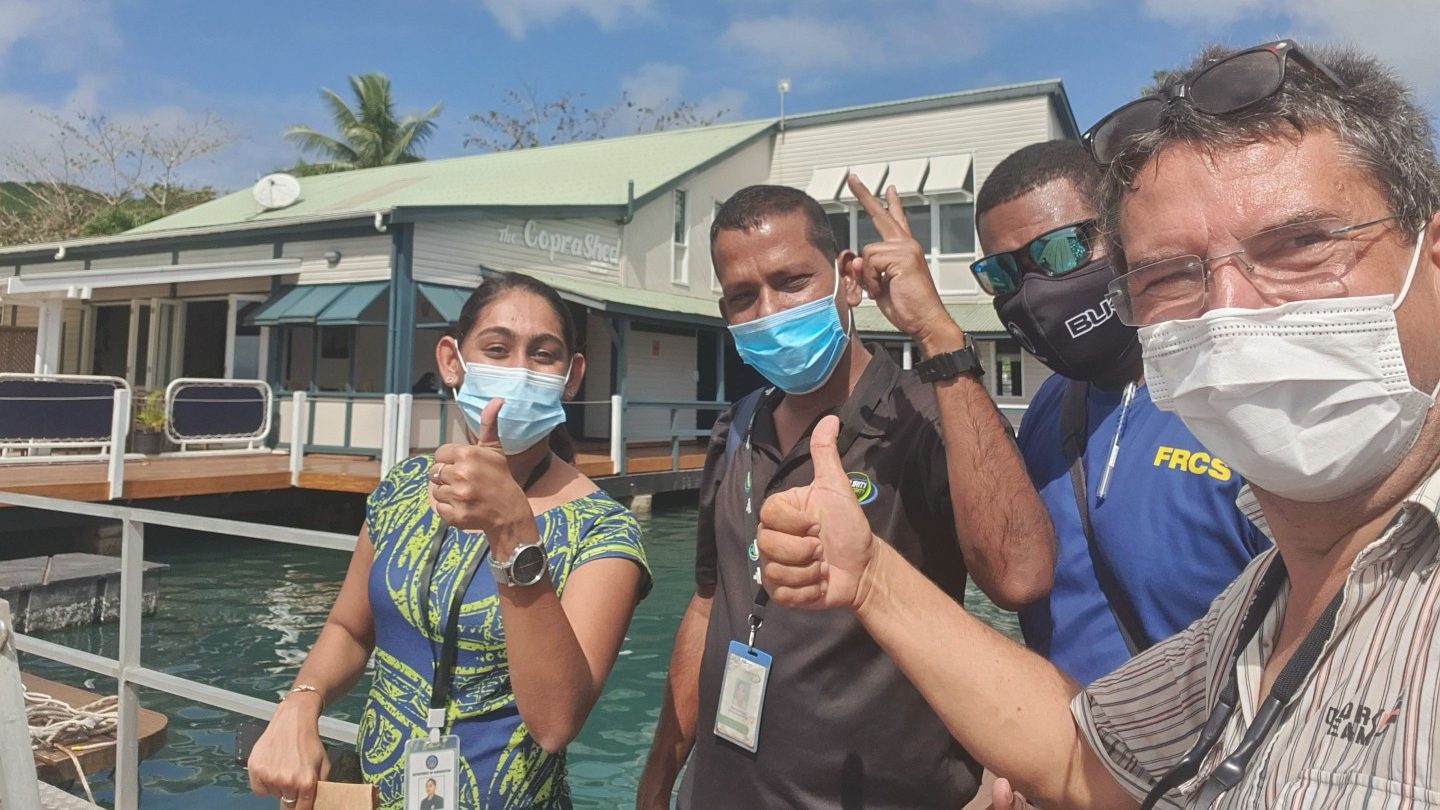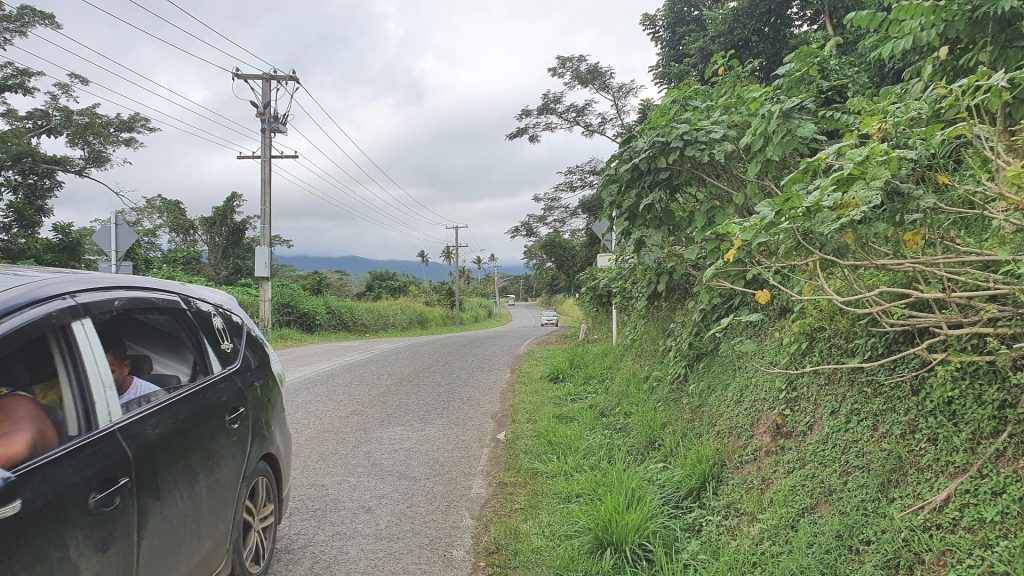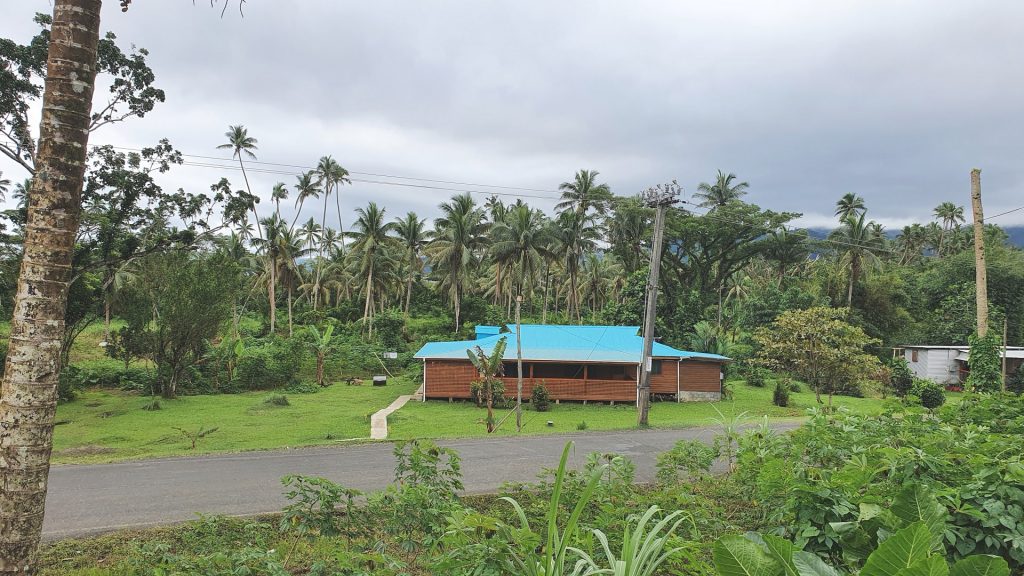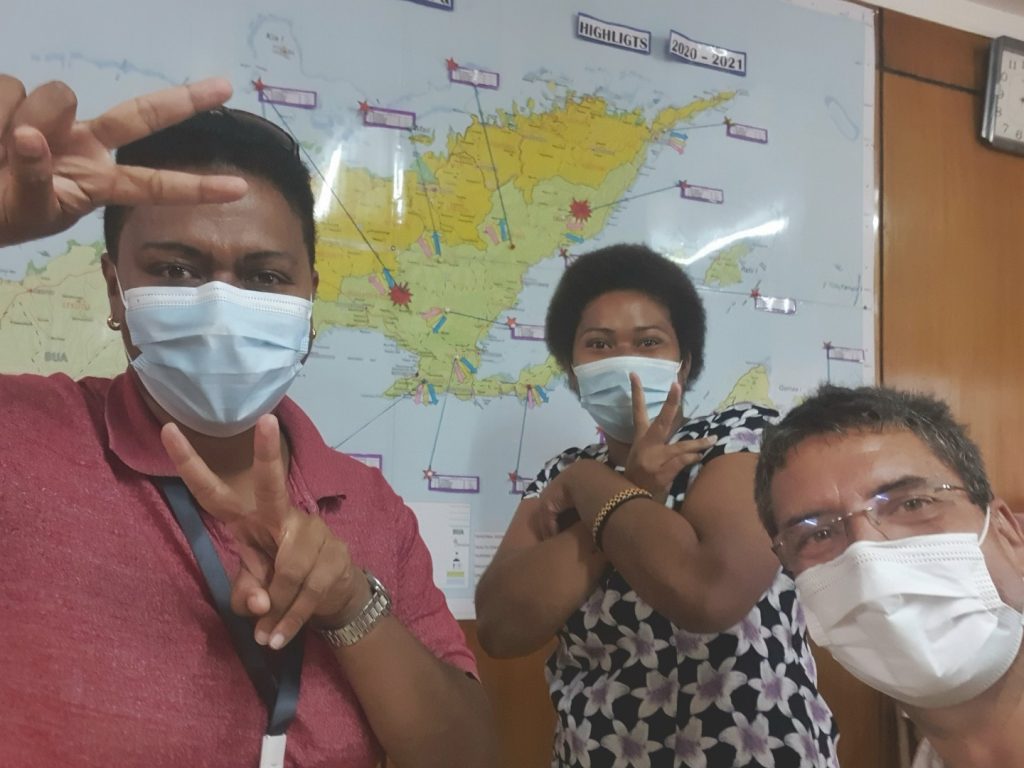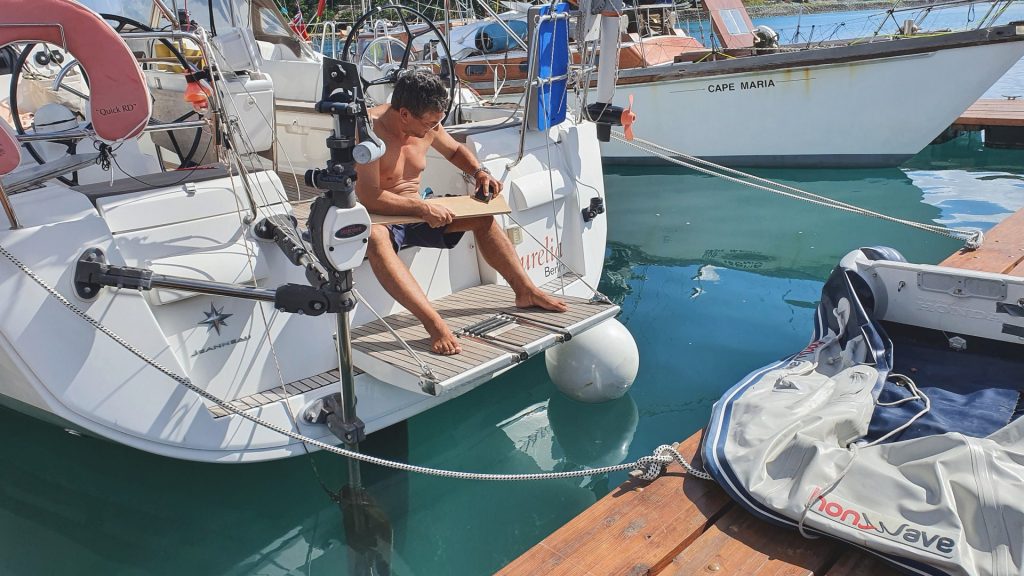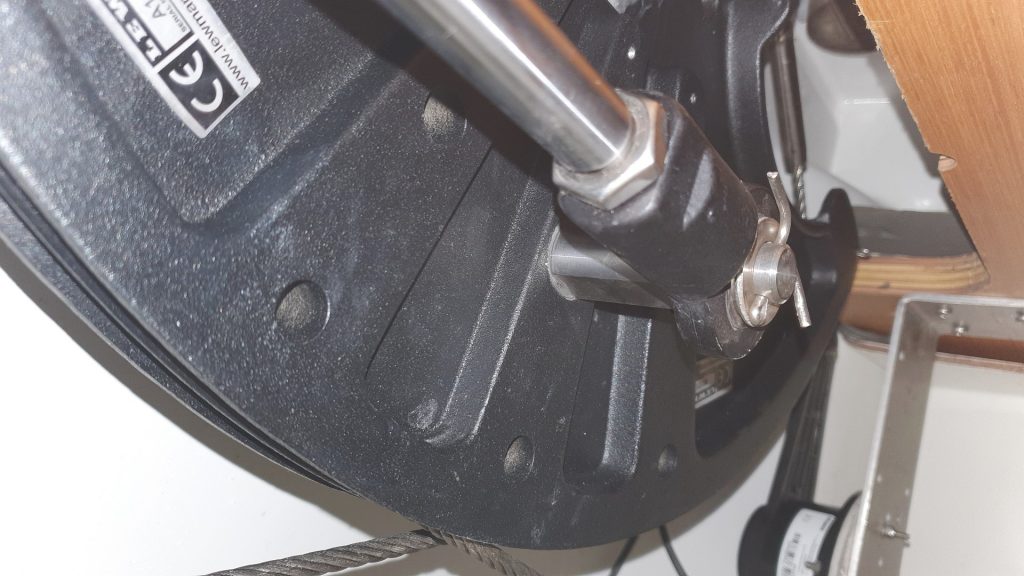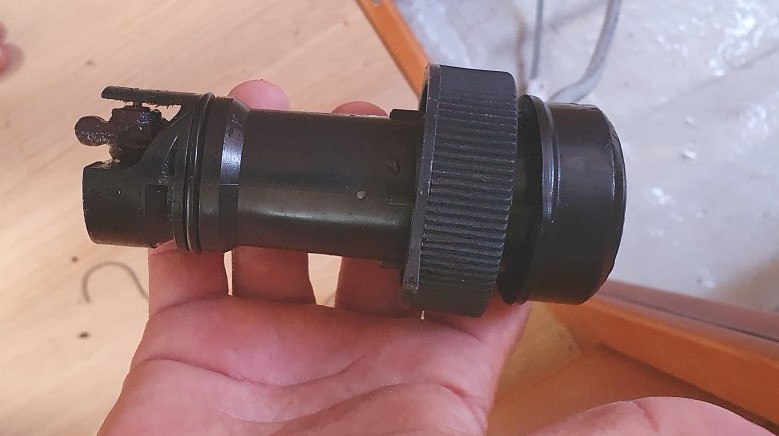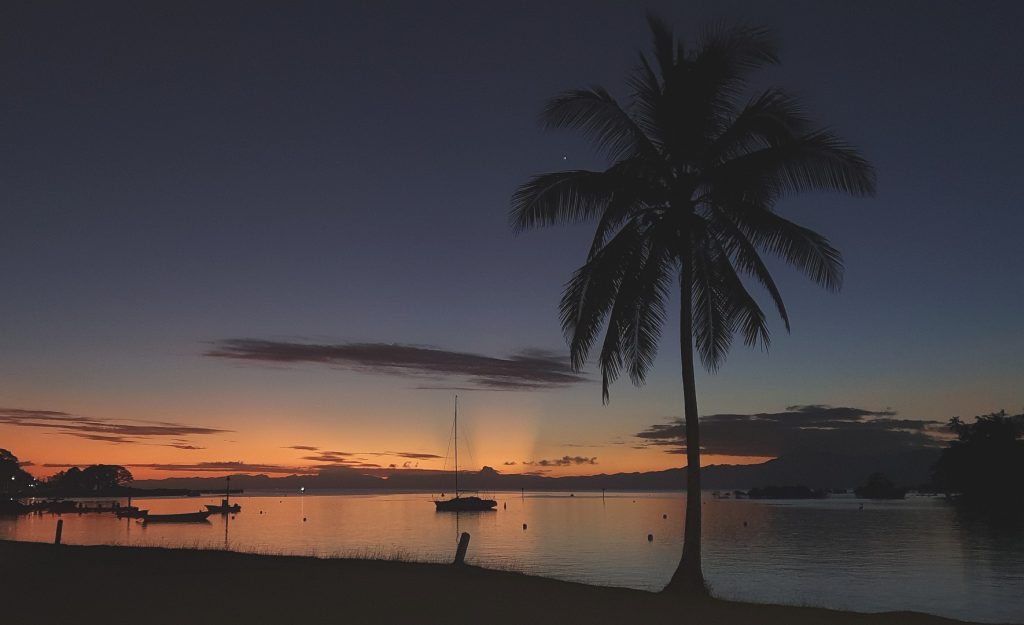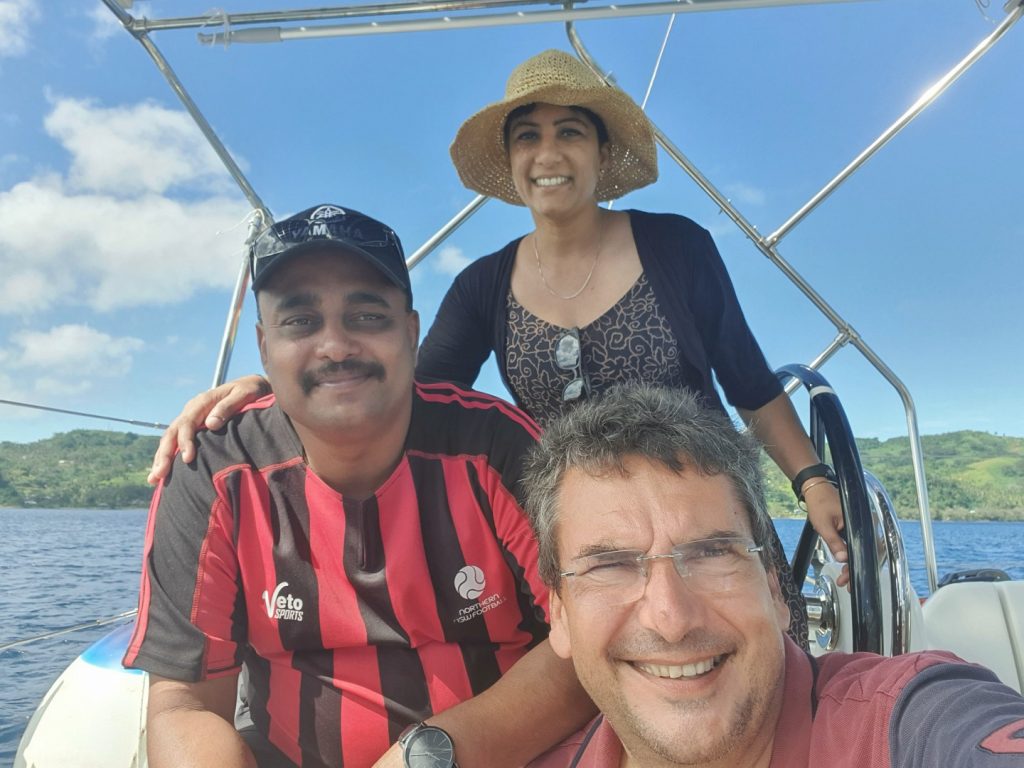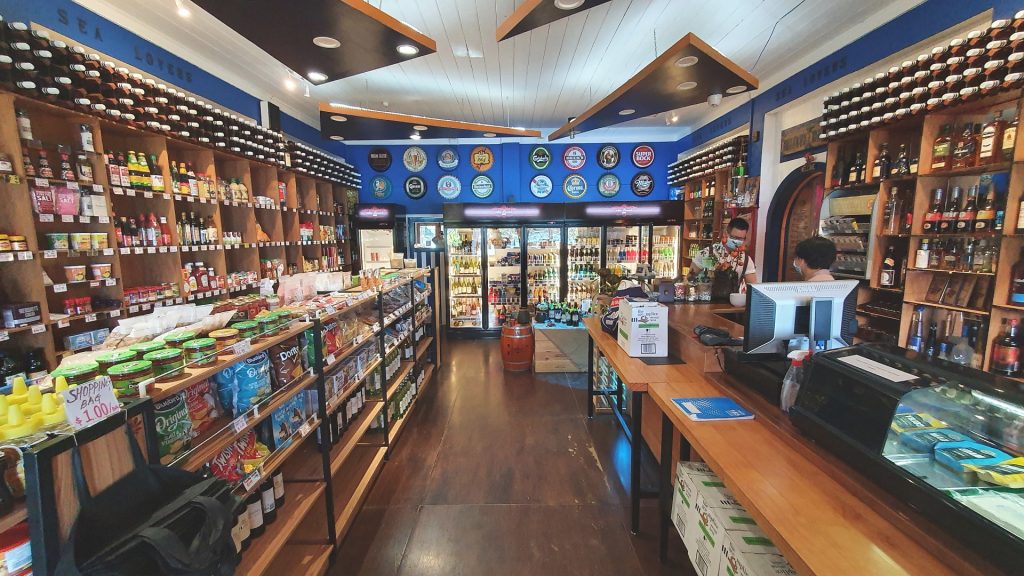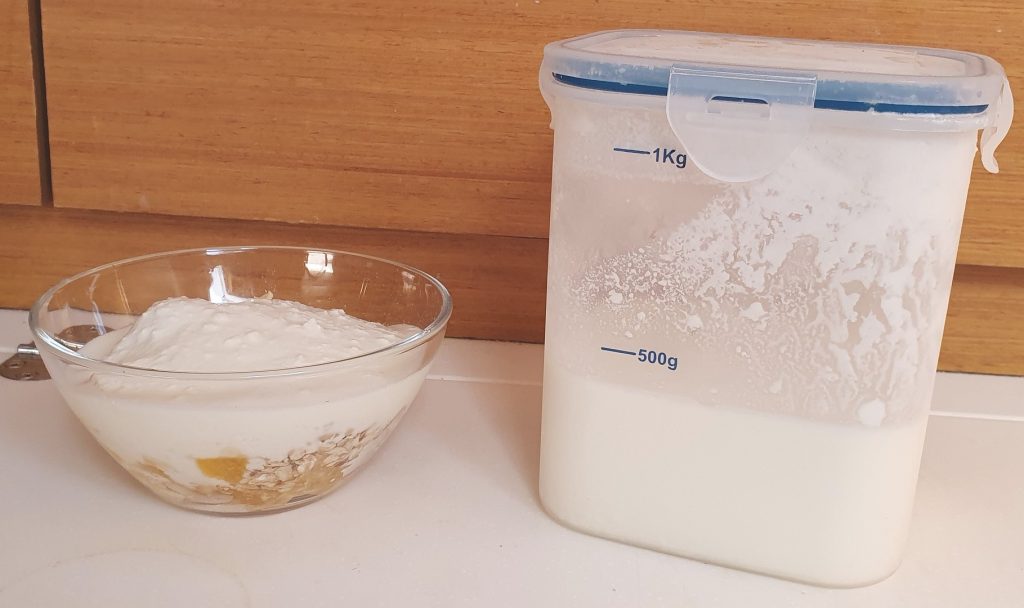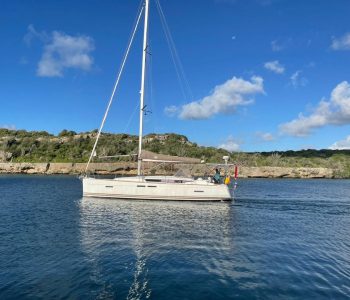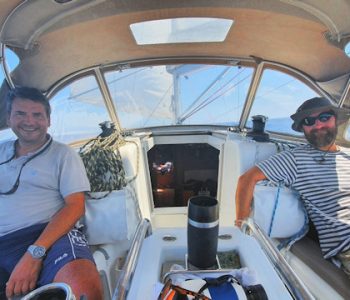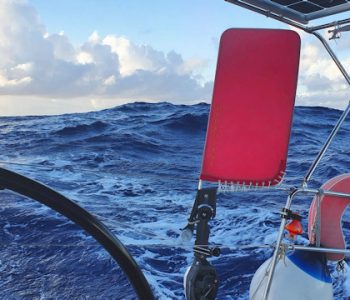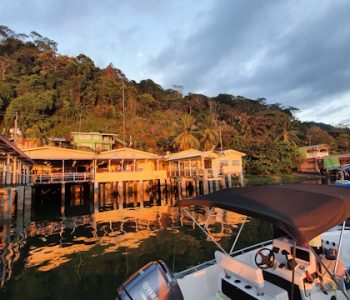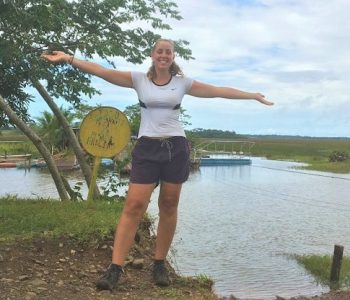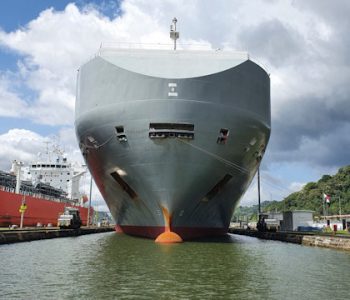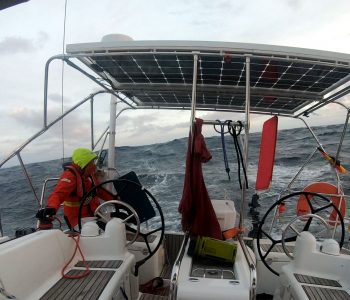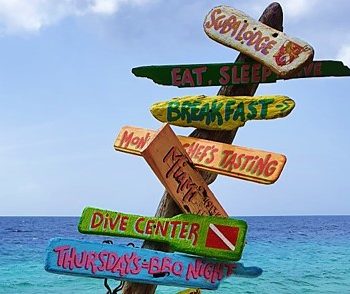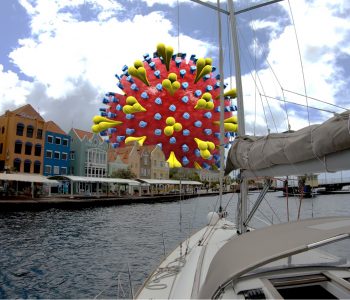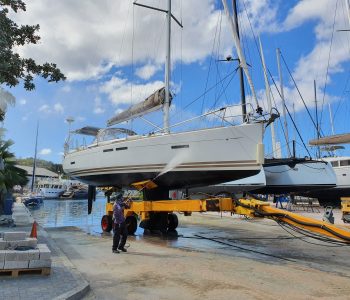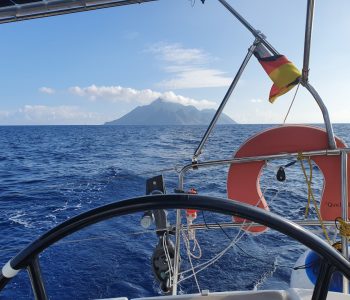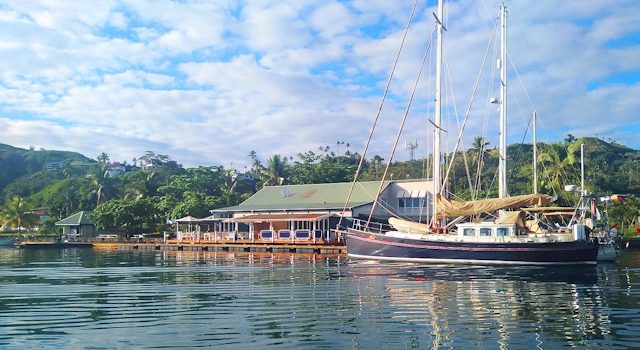 Allgemein
Allgemein
My Days In Savusavu
The Fiji Islands mainly consist of the two larger islands Viti Levu and Vanua Levu, which means something like “Big Island” and “Small Island”. The other more than 300 islands are quite small and usually have only a few inhabitants. Savusavu is on Vanua Levu. There are currently no Covid cases here. This was one of the reasons why I chose this island to clear in.
Clear In
The day after my arrival from Bora Bora, I was visited, examined and tested for Covid19 by a medical team in the isolated quarantine zone next to the marina. I spent the rest of the day half asleep trying to find my way back from the single-handed trance to the normal daily rhythm.
After 4 weeks at sea, the test result was logically negative. I was allowed to lift anchor the next morning and sail to the marina a few hundred meters away. Once there, with the help of Villi, the marina manager, I was able to tie up at the jetty without any problems. A little later I was visited by customs, the immigration authorities and the bio-safety authorities that are common on the South Pacific islands. The latter convinced itself that my ship had not yet developed into a wetland habitat of alien flora and fauna. Of course, the forms sent to the agent in advance had to be filled out again. Nevertheless, everything went very quickly and in a friendly manner, so that after another half an hour I was allowed to enter the country.
A bureaucratic complexity made it necessary that I now had to walk to the hospital on the outskirts of the city to receive my bill for the Covid19-test and then pay it at the health authority. A welcome opportunity to get the sea legs used to the land. But something was wrong. I kept threatening to get into conflict with a car. It took me a few minutes to understand that there is left-hand traffic here.
On the way back I bought a local SIM card for about 10 EUR. This means that I can use 40 GB of data within four weeks. At these prices, it becomes clear why public Wi-Fi is irrelevant in Fiji. In contrast, the conditions in Germany look very bad. Using the offer from 1&1 with 5 MB for “only” 14.99 EUR leaves a rather stupid impression from an old world.
There are currently no Covid cases in Savusavu thanks to Fiji’s corona policy. Even if the restrictions to travel between the islands and their consequences are considerable – life pulsates here. Although everyone wears a mask and you can only get into closed rooms after logging in via the health app or visitor log, the shops and restaurants are open. So I could withdraw some cash and buy a USB keyboard. My notebook has meanwhile given up responding to the enter and surrounding keys. The rough sea air demands more and more technology victims.
Back in the marina it was already getting dark. I enjoyed the first restaurant dish in a long time and disappeared into a long night of sleep.
Advertisement
Maintenance
In the next few days, the main focus was on the maintenance and care of the ship. After the last passage a lot had accumulated. There is a small Ship Chandler in the marina for necessary spare parts. Unfortunately, it only has a limited selection. As soon as a specific product is required, it usually has to be ordered from the main island, which is associated with delays of several weeks because of the current corona restrictions.
Automatic Identification System AIS
Upon arrival, it turned out that my AIS had not been working properly since at least Tahiti. The integrated splitter was damaged. It enables the antenna on the mast to be used jointly by the radio and the AIS. The splitter was still able to pick up some of the VHF signals, but it failed to send my position or use the attached radio. A safe onward journey is out of the question. So a replacement was needed. Fortunately, there was still 1 available device from another manufacturer on the main island, which I was able to purchase at a high price. 14 days later it was on site and was successfully put into operation. A positive side effect: Thanks to the stronger performance and newer transmission protocols, the vessel will be faster visible over greater distances. This significantly reduces the risk of collision on the high seas.
Swimming Platform
The bolt of the bathing platform had been broken by a large wave on the way to Fiji. There was no substitute. So it had to be soldered. After some searching, I found a fascinating workshop near the marina. The first impression conveyed the sheer chaos. But the owner has this under control and repairs pretty much anything he can get his hands on. This even includes the complicated aluminum welding. I think that’s great. It is high time we gave the devices that have been manufactured a little more durability and repairs again. In addition to the necessary energy transition, this is also an important contribution to greater sustainability. After all, doubling the lifespan halves the manufacturing resources. But since this does not fit the rather hypocritical concept of growth, I unfortunately have my doubts whether this craft can soar to old heights with us too.
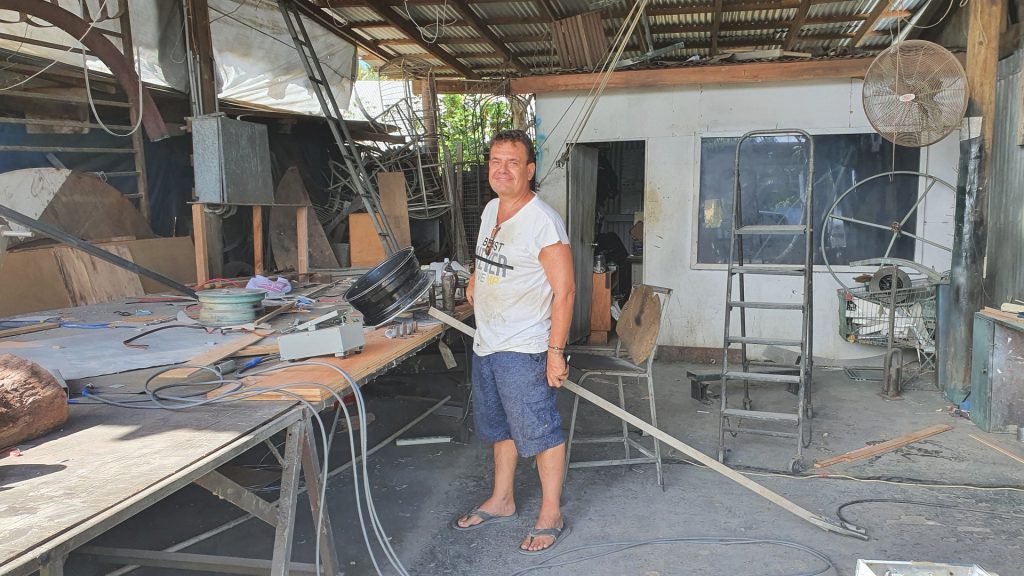
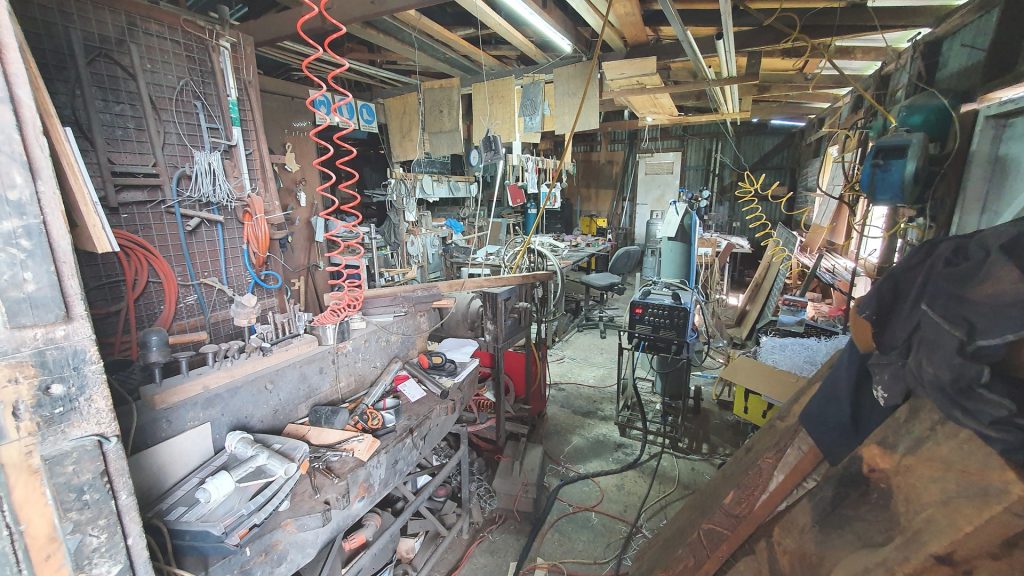
Dinghy
When I tried to put my dinghy back into operation, two rotten floorboards broke through. The other two announced their end of life with strange noises.
Thanks to the same repair artist, for a small fee I had four new boards in my hand. A little later I was able to grind and paint them for their use.
Particularly annoying for me: Even the electric motor from Torqeedo has announced that it will be quitting its service soon after less than two years of use. Again and again it complains with a wide variety of error messages. After cleaning all contacts, it initially worked stably again. Hopefully it will last until I finish my circumnavigation. The next service station is in Australia and cannot be reached thanks to the Covid19-measures. The next dealer on my route is in Thailand. It is not clear weather I can enter this country or not.
Autopilot
The check of the autopilot hydraulics was positive. The cylinder that had come loose on the Atlantic was still held in place by my hot glue powertape solution. But the bolt that connects the hydraulics to the rudder quadrant had loosened. However, that was quickly repaired.
Boat speed sensor
The small paddle wheel, which measures the speed through the water under the bow, had long grown over since Bora Bora and had failed its service. When I tried to clean it, it turned out that one of the 4 shovels that drive the wheel had broken off. No wonder it no longer works. Amazingly, you can swap the cog if you get one. It has to be flown in from Germany, which is far too expensive for a single order. So for the time being I have to be content with GPS speed measurement wothout calculating the current. The exact calculation of true wind speed and direction, which are falsified by the boat speed, could also be calculated correctly with the GPS speed. However, my navigation device reveals some mathematical weaknesses. So these values must also be viewed with suspicion. Therefore the wind steering with the hydraulic autopilot becomes difficult or even impossible.
Searching for a leak
The Aurelia has NO leak. However, during the crossing from Bora Bora, it revealed a small design weakness in offshore use. If a wave breaks into the cockpit at the stern, water gets into the hull somewhere. Not so much to worry about, but who would want salt water in places in a fibreglass hull that are not protected by gelcoat?
A day-long search including the simulation of waves coming over with a freshwater hose yielded little information. The air inlets and outlets at the rear are definitely a gateway. They are placed quite deep and with their gooseneck have insufficient protection from water entering. Another gateway is the starboard loudspeaker, the membrane of which was probably damaged by a high-pressure cleaner before I entered the ship for the first time. But for that a lot of water would have to get into the cockpit.
Then there are many small options along the swimming platform and lockers, all of which allow a maximum of a few centiliters per incoming waves. In the end, there is only one thing left: Avoid high waves and, if that doesn’t work, live with the bilge pump starting from time to time.
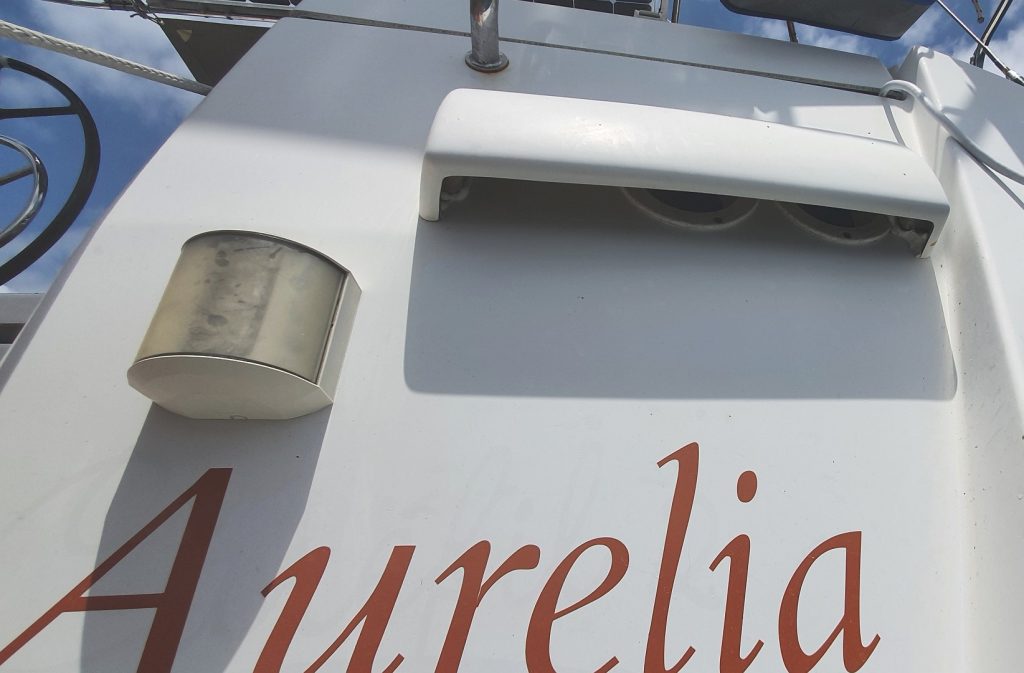
Meeting with sailors
Almost frightening is the similarity of the atmosphere to my dream before arriving in Savusavu. The famous musicians are missing and the jetty isn’t quite as nostalgic. However, the marina has a wooden walkway with a cozy veranda at the end. The Planters Club is not far from the marina. In both places in Savusavu I got to know a lot of nice sailors with interesting CVs.
The Dutch sailor René is here for the second season and helped with the reconstruction after the last cyclone. Another was previously a successful mechanic in the Indycar series and even on site during a guest visit to my home at the Lausitz-Ring. Bee and Pete, another couple on the circumnavigation of the world, took part in WorldArc 2021, which has more or less vanished into thin air again due to the corona pandemic.
Adrian and Tori are also on their trip with their Cape Maria for a long time and with their sympathetic nature they spread a good mood non-stop. Adrian is not only visually similar to one of our most famous comedians of my childhood – Otto.
Michael and Alley came here with their Bavaria and will probably stay longer. They are exactly on my wavelength with their view of pandemics, politics and the environment.
A little later, Shirley also arrived. She is a retired South African computer scientist. She has been sailing her little yellow 25-foot sailing boat “Speedwell of Hong Kong” for over 10 years. You can read many of her experiences on her blog. She is almost on her way to Indonesia, so we have little opportunity to exchange ideas.
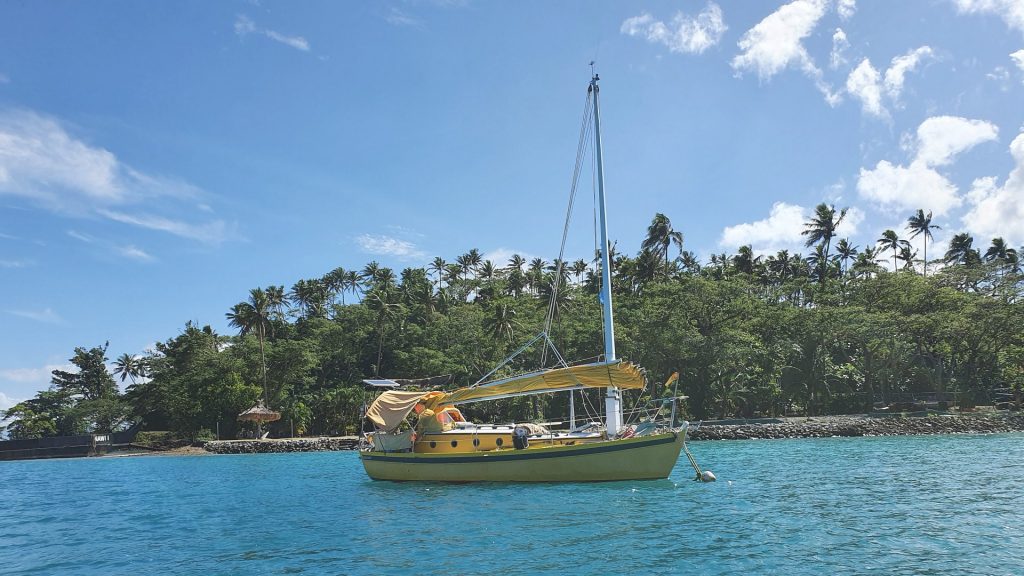
Shortly before my onward journey, I also met Barbara. She came with her SV “Islander” with concentrated Californian girl power (Kelly and Christin). Originally, she wanted to go to Lombok too. But all the corona restrictions are also bothering her. A visa for Indonesia is a little further for her than mine, so she is considering leaving her boat in Fiji for a season and flying home. This option also haunted my mind, but was repeatedly rejected. Maybe Christina and Kelly will join Aurelia instead?! Let’s see how the situation develops over the next few days. In any case, I enjoyed the conversations with Barbara and her crew and thought it was a pity that we are now sailing in different directions within Fiji.
Almost every evening I meet up with some of the many new acquaintances either in the Marina or in the Planters Club, whose rustic atmosphere I really like. The excellent food for an almost shameful EUR 4.50, the friendly staff and the relaxed crowd also have their share in this.
The fact that almost everyone has English as their mother tongue gives me a headache. The conversation works great in a dialogue. In the group, however, I have to make an effort to follow the the conversation. It is then spoken faster and in more pronounced dialects. After a while I was pretty exhausted. But that gives my English skills a big boost, so that after a phone call with Denis from Hawaii I received the surprising praise that he is happy to be able to converse with me in English so well.
Overall, I really enjoyed these evenings.
Adverstisement
Visiting Locals
In the first few days I was invited to dinner by a local couple. As is my style, I was a bit surprised at the speed of hospitality. However, I accepted and we had a nice day together. First we went to the other side of the island. Here is a plot of land where they want to build their house together soon. The location is great. The sea is very close by and the property is bordered by a small river with clear water. On the way there, I enjoyed the landscape that passed us. Later we made ourselves comfortable with a typical local meal and exchanged ideas about our cultures and plans before Ashish took me back to the marina in the evening.
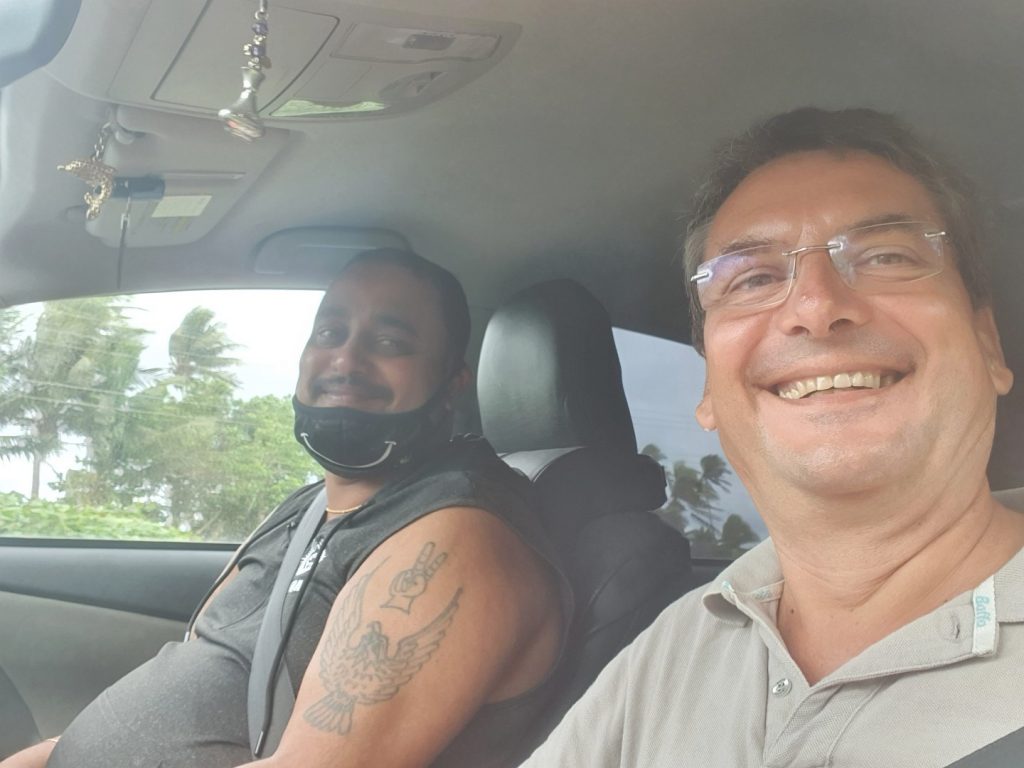
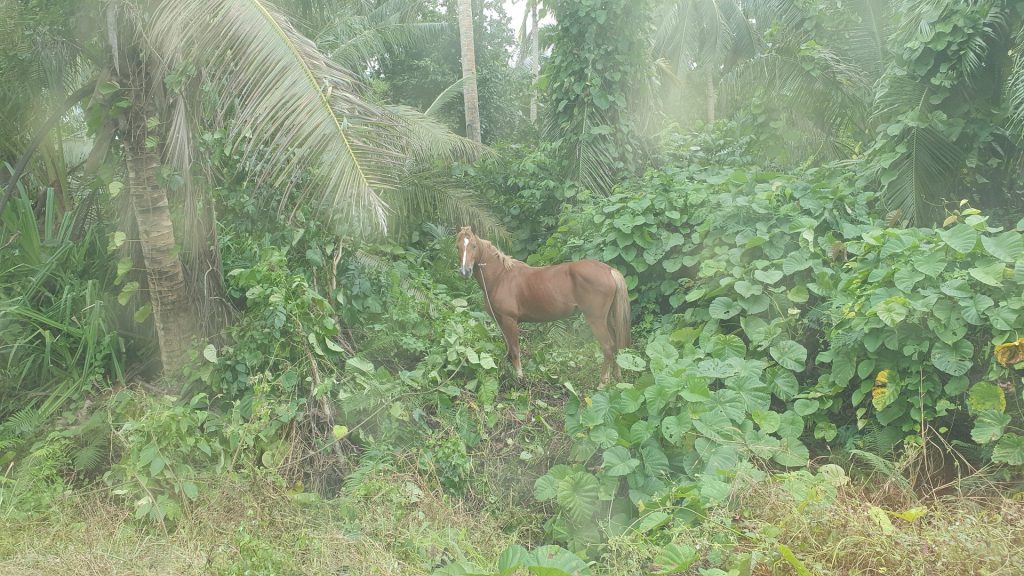
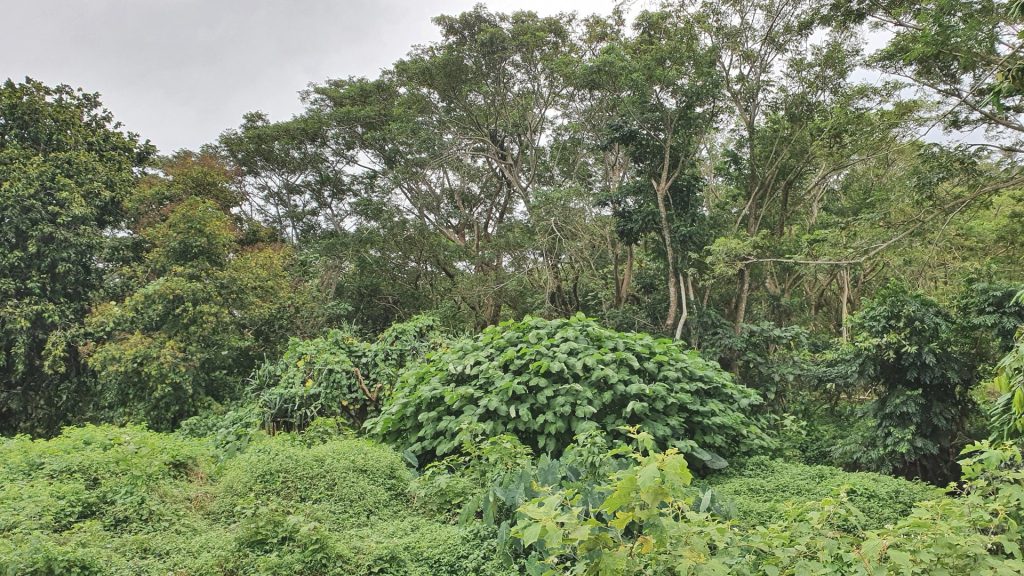
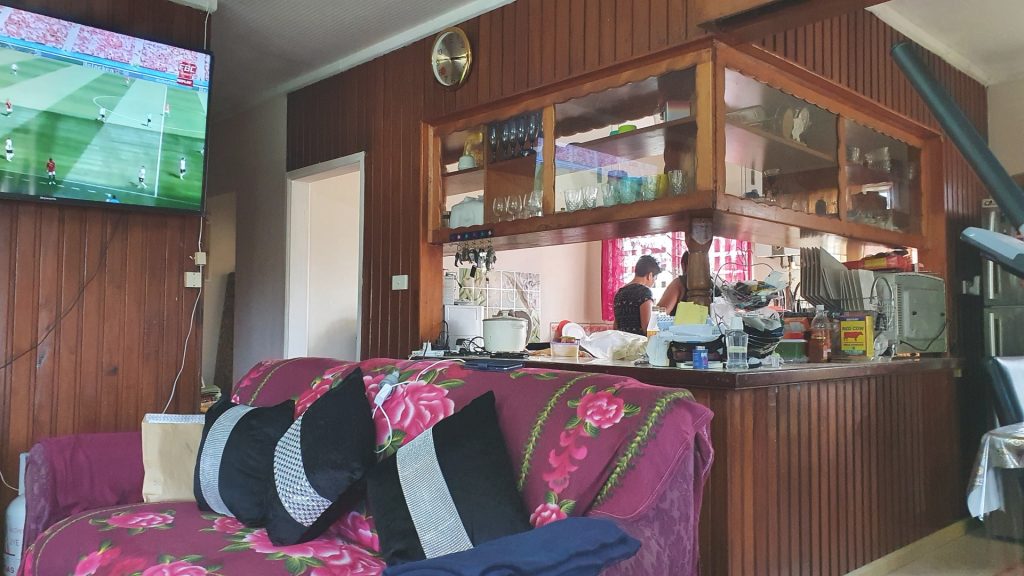
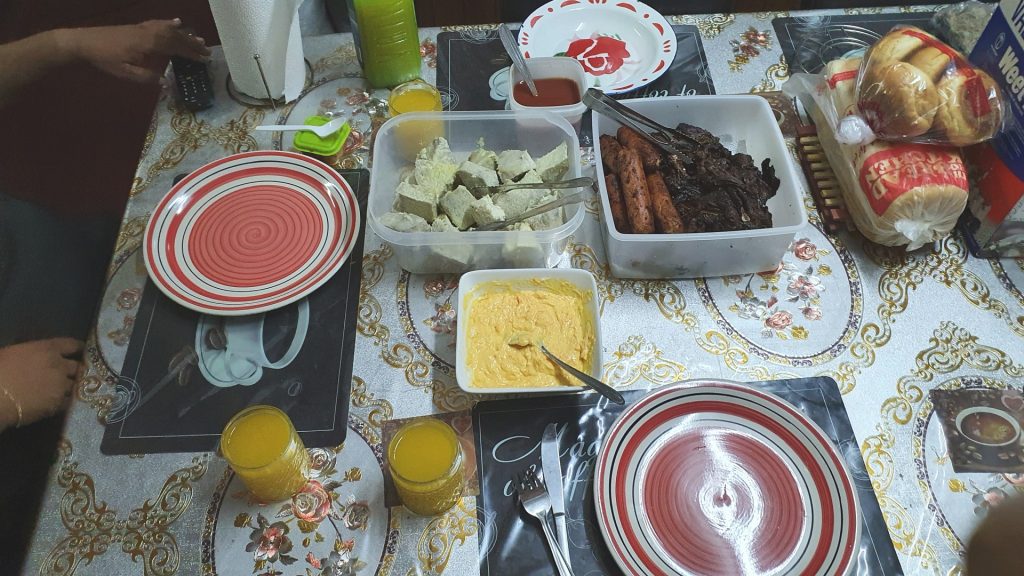
I was interested in the preparation of taro, called Dalo here in Fiji:
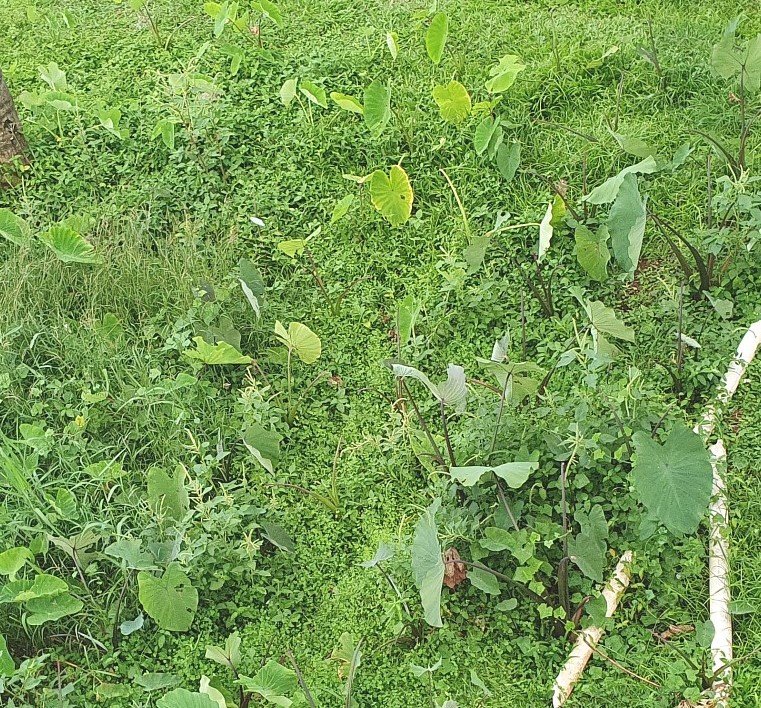
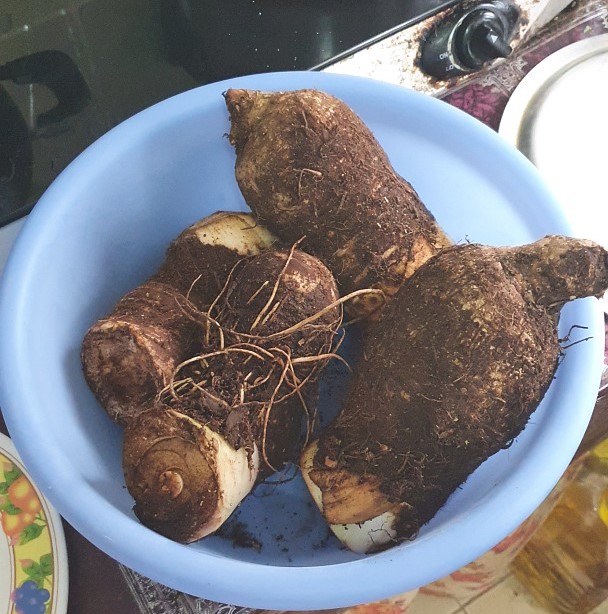

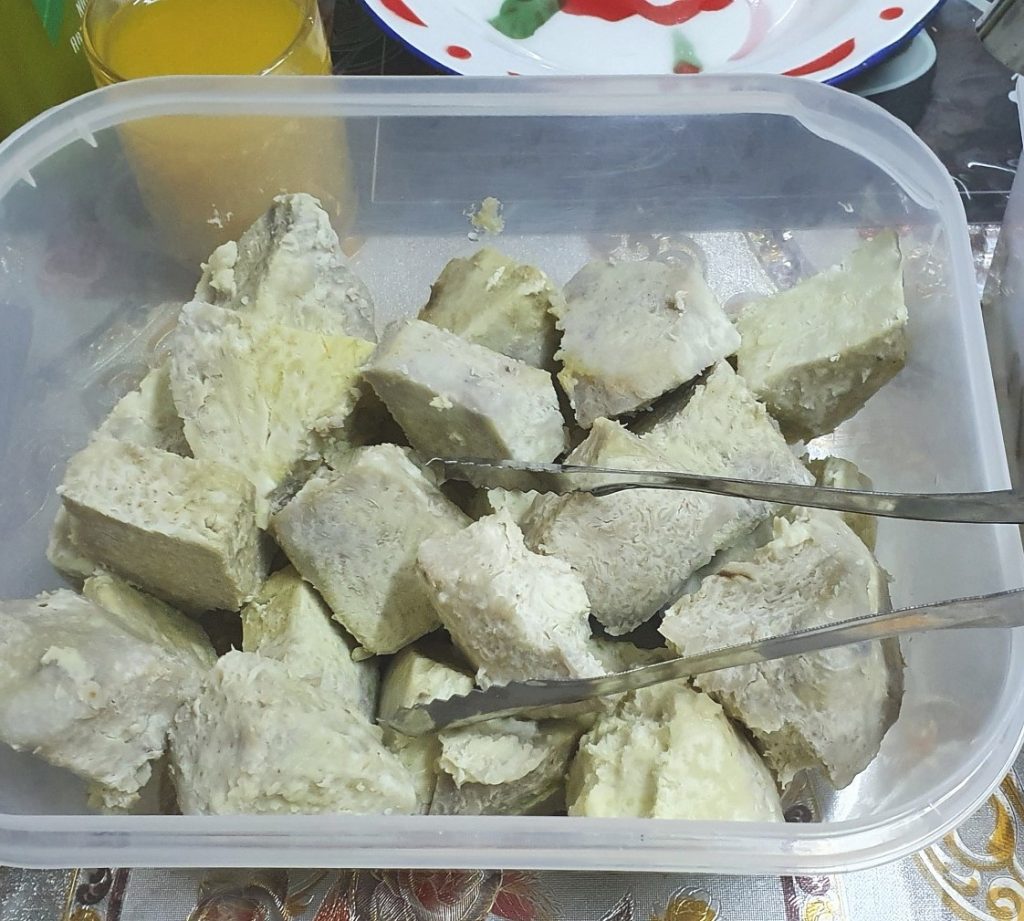
Later I returned the favor with a freshly baked Aurelia-bread and a trip to the nearby Cousteau Resort, which is currently closed due to the pandemic.
Shopping
There are several grocery supermarkets and many other shops in Savusavu. In the remaining time I took the chance to stock up the Aurelia’s food supplies and to replace some of the clothing that was now worn out. The visit to Sea Lovers was surprising for me. The business run by Asians made a very noble European impression and was very well stocked with wine and other foods that are otherwise rarely found here.
Auf Barbaras Tipp hin erstand ich hier unter anderem einen passiven Joghurt-Bereiter. Hätte ich eher gewusst, wie einfach es ist, selbst Joghurt zuzubereiten, hätte ich viel früher damit begonnen. Ab sofort kann ich aus etwa einem Kilo Naturjoghurt mit etwas Milch zehn weitere Kilo herstellen. Das schafft nicht nur viel Platz im Kühlschrank sondern reduziert auch erheblich den Plastikmüll auf der Aurelia.
Koko Mana
Thanks to another sailing acquaintance – Martin from the Vava U – I got to know Richard. Martin’s daughter is visiting here in Fiji and worked for a few days as a volunteer in a small chocolate factory called Koko Mana.
Richard founded it a few years ago and started it up shortly before the pandemic began. With a focus on tourists, this is a really bad time. But despite all the difficulties, he grows cocoa and other plants in a manner close to permaculture.
Together with local employees, he produces chocolate from the cocoa beans and sells them directly using the tourist channels. The focus is on sustainable cultivation and the training of local employees. No wonder, Richard had already worked in projects for NGOs many years before.
His commitment will certainly inspire me for my next projects after my circumnavigation.
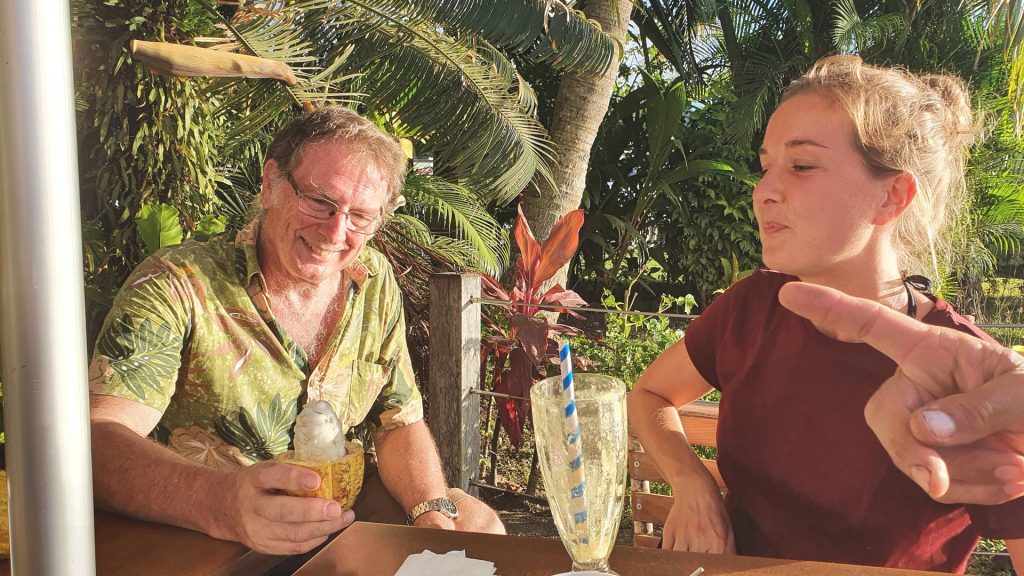
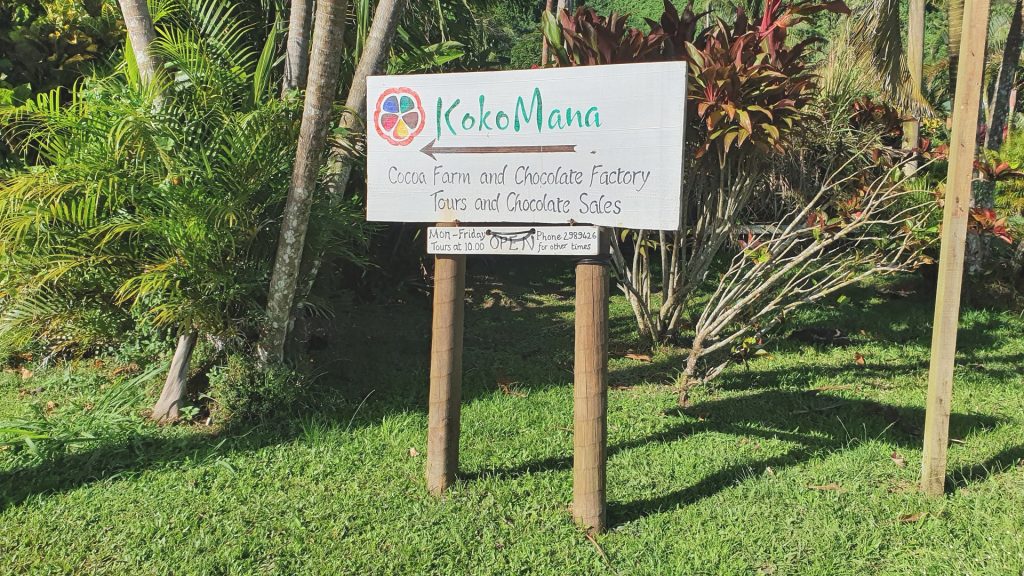
Planning and onward travel
As on the last stops, planning the further trip takes a lot of time and attention. I submitted my visa application for Indonesia shortly after arriving in Savusavu. It all looked like I would receive it shortly. That way I could have spent another two weeks in Fiji, before moving on to Indonesia. But now the issuance of Indonesian visas has been temporarily suspended and a long hanging game began. Week after week the suspension was extended for another week.
At some point I gave up hope of a quick solution and put an end to the wait. I picked up the necessary “Blue Lane Flag” from customs. It signals that I meet all the necessary requirements for moving freely between the Fiji Islands. That makes me, along with the other sailors, one of the few vessels that are allowed to do so.
So I can stop at some other stations on the Fiji Islands. These include the Paradise Resort on Taveuni, Musket Cove on Malolo Island and Denarau on the main island. You can find out more about this in the next logbook entries.
